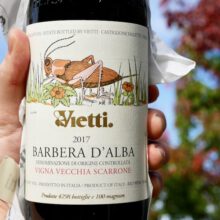
Product information
Vietti Barbera ‘Vigna Vecchia Scarrone’ 2017
$127
Description
Anyone who has spoken with Luca, will know of his passion for Barbera, when you look at the greats, Cavallotto, Voerzio, and, Vietti, they all make superb Barbera of real personality. They have maintained plantings in the best sites, rather than ripping them out to plant Nebbiolo. Vietti Vigna Vecchia (old vine) Scarrone is right in the heart of Castiglione Falletto. The 90year old vines, low yields, and, care make for a delicious Barbera!
This was looking superb when Luca flew over to Aus with a couple of bottles! Obviously young at the time, but, wow you could see where it was going! The barrique component gives it a little high toned lift. The density and length of fruit show just how special this site is. Looking forward to seeing this in a another 10 years!
Out of stock









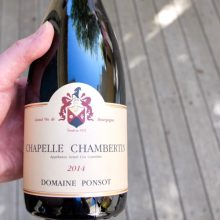
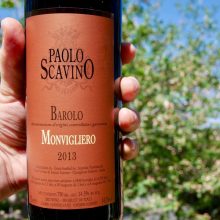
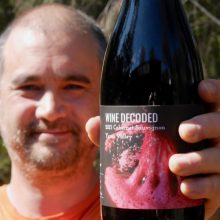
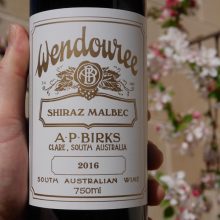
You must be logged in to post a comment.